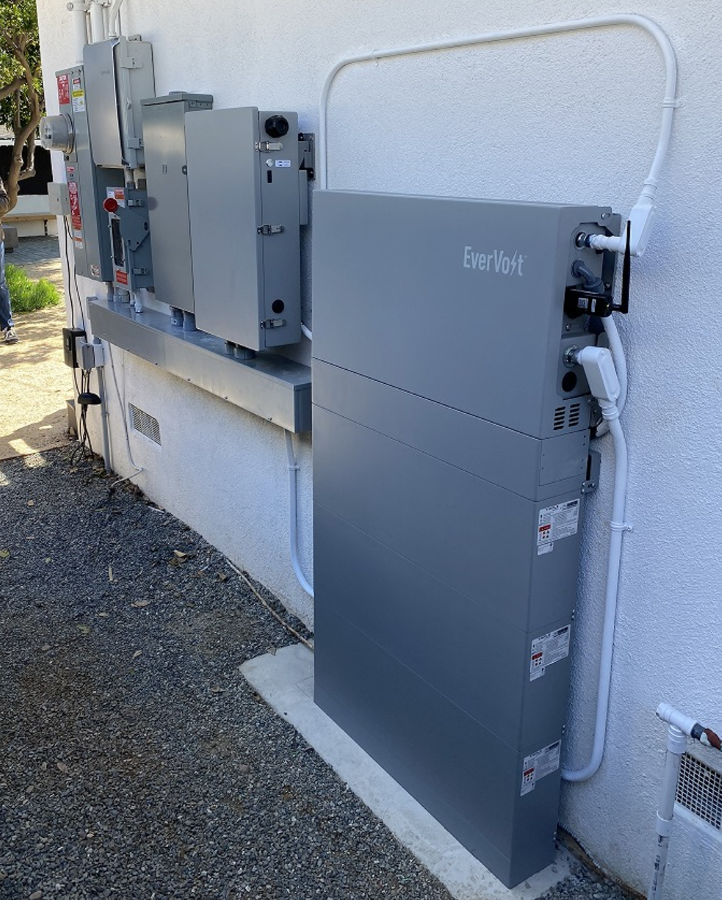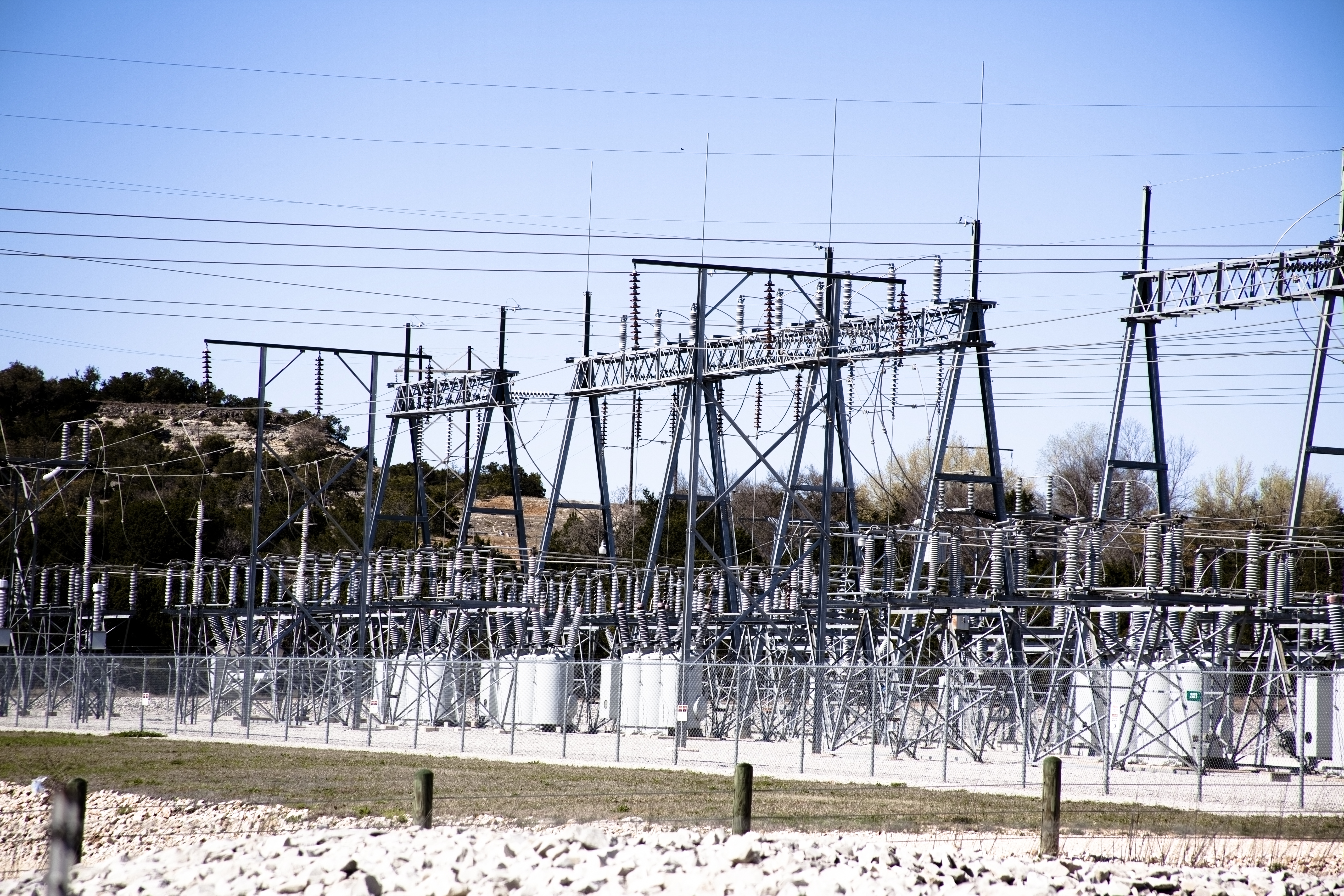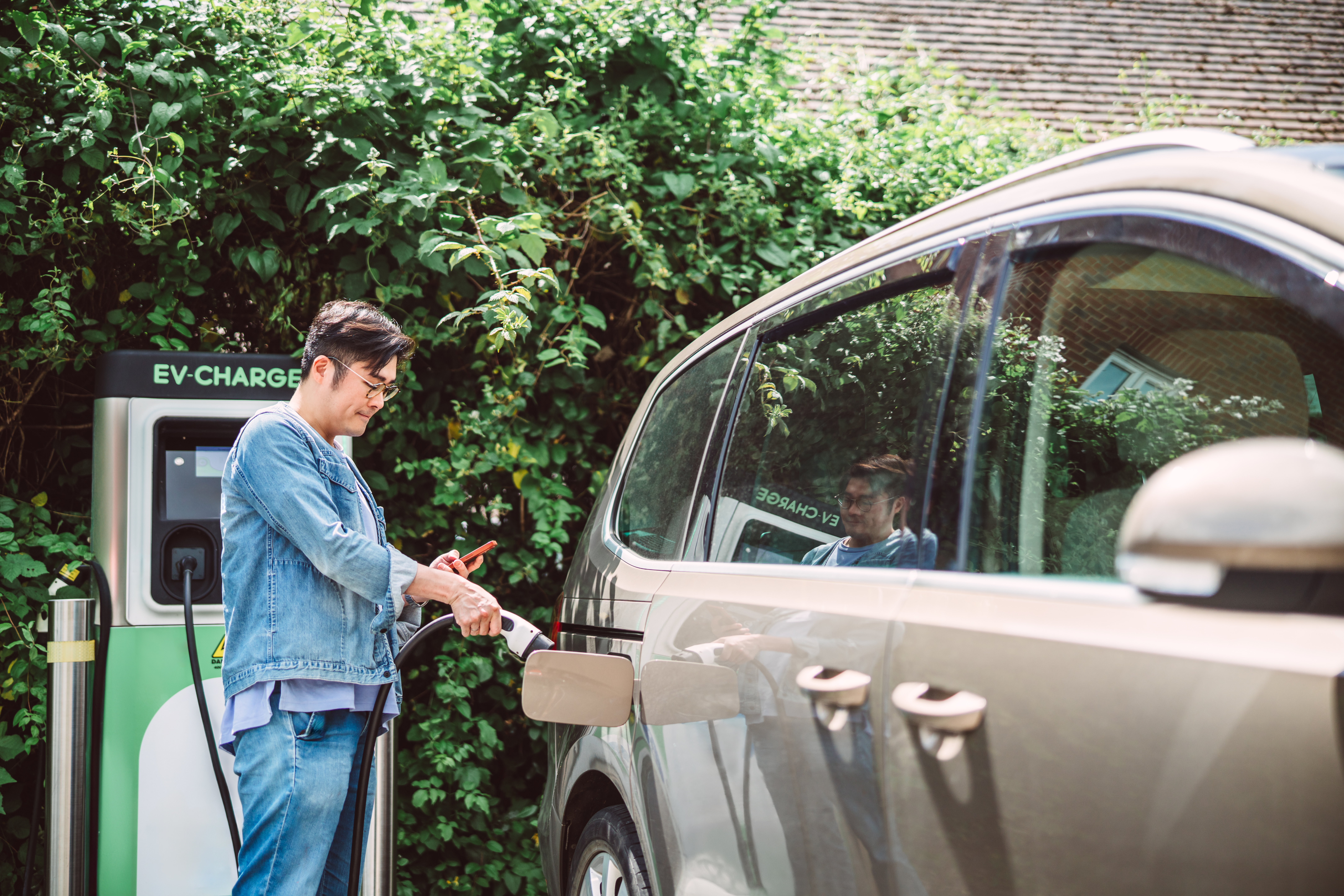As energy demand continues to rise, virtual power plants (VPPs) are emerging as an innovative solution to help stabilize the grid. As this article explains, clean energy resources like solar panels, home batteries and electric vehicles all play a role. When you're ready to make your home more resilient against outages, your local Panasonic authorized installer can help you find the solar-plus-storage solution that's best for you.
America’s demand for electricity is growing for the first time in decades. Sprawling data centers are cropping up across the country to enable our hyperconnected digital lives and support emerging AI systems. The rise of electric vehicles and the switch to electric heat pumps and appliances are further fueling the nation’s need for electricity.
Analysts say these trends will cause U.S. power demand to spike in the coming years. Yet the nation isn’t expanding clean energy nearly fast enough to keep pace with our power-hungry future in a sustainable way.
One key solution, it turns out, is already well within reach: the virtual power plant.
On March 9, at this year’s South by Southwest festival, I led a panel discussion on the increasingly urgent need for VPPs with Arshad Mansoor and Rudy Garza, two leading experts on the topic. A VPP is a network of small-scale distributed energy sources — such as solar-plus-battery systems, smart thermostats or electric vehicles — that are remotely controlled using software to help balance the main electrical grid, much like a traditional power plant.
About two dozen states have deployed VPP programs in some form, though only a few places, like California and Puerto Rico, are experimenting with using rooftop solar and residential batteries. The appeal of VPPs is not only that they make existing distributed resources greater than the sum of their parts; they’re also a way to get more clean energy onto the grid as projects languish in the transmission interconnection queue.
Mansoor is president and CEO of the nonprofit Electric Power Research Institute, a largely utility-funded organization that recently launched an initiative with the U.S. Department of Energy to accelerate the affordable, equitable deployment of VPPs nationwide. Rudy Garza is president and CEO of CPS Energy in San Antonio. With nearly a million customers, CPS is the nation’s largest community-owned electric and gas utility, which Garza says has been working on VPPs for over a decade.
Here are some of the main takeaways from our hourlong discussion, edited for brevity and clarity. (You can listen to the full conversation here on South by Southwest’s website.)
Photo Courtesy of Panasonic Eco Systems - EVERVOLT home battery system with SmartBox
1. Small systems have big potential to meet the grid’s near-term needs
About 10 percent of existing U.S. grid capacity is designed to be turned on for only about 1 percent of the hours in a given year, Mansoor explained. Peaker power plants, typically gas-fired, ramp up and down during periods of high demand, such as hot summer evenings when everyone’s air conditioners are running.
Yet as the U.S. builds more intermittent wind and solar energy projects, and as we switch to using electric cars and appliances, we’ll need significantly more of this peak capacity to avoid overtaxing the grid and ensure reliability during those brief but intense demand spikes, he said.
The Department of Energy estimates that by deploying between 80 and 160 gigawatts of VPPs by 2030 — about triple the nation’s current capacity — utilities could support rapid electrification while reducing their need to build new gas-fired peaker plants or make costly grid upgrades. At that scale, VPPs could address anywhere from 10 to 20 percent of peak demand by the end of this decade.
I was admittedly surprised to learn that the U.S. has already deployed between 30 and 60 GW of VPPs, according to DOE. That’s because I’ve tended to think of VPPs more narrowly: as networks of software-connected solar panels and batteries deployed where residential solar is becoming ubiquitous. But most of what the DOE describes as existing VPP capacity is from traditional demand-response programs, in which utilities pay their customers to voluntarily use less electricity or hot water during grid emergencies.
“You can call it VPP, or load flexibility, or flex demand, or demand response, you can call it home batteries — doesn’t matter,” Mansoor said. “Here's what I call it: When I don't have enough real power plants supplying power to meet my demand, I’ve got to figure out everything that I can do.”
Going forward, many more VPP systems will go beyond just dialing down thermostats. The technology can perform a wide array of functions to benefit the grid, including powering homes with solar-plus-storage systems during peak hours to reduce demand for utility power; shifting electric-vehicle charging times to avoid overloading local distribution equipment; and dispatching energy from EV batteries back onto the grid.
But for now, the dominant approach is decidedly lower-tech — despite the futuristic name.
2. VPPs can help make communities more climate-resilient
In San Antonio, CPS Energy is tapping its own demand-response program to help keep the lights on and fans whirring during crushing heat waves.
About 175,000 customers participate in the program, giving the utility access to the equivalent of 250 megawatts, Garza said. Last year, during the second-hottest summer on record in Texas, the utility sent around 40 text alerts to participants; in response, they briefly curtailed their electricity use at times when the demand for power threatened to surpass the supply.
Customers are motivated by more than just the dollars they’re rewarded, he said, recalling yet another extreme-weather event in Texas — the likes of which are becoming more frequent and intense both locally and worldwide because of human-induced climate change.
In 2021, Winter Storm Uri brought record-low temperatures to the state, spurring a massive grid failure that left millions without heat or electricity for days. After that traumatic experience, residents and business owners are even more willing to adjust their power usage, especially if it means staving off another devastating blackout, according to Garza.
“The grid is changing. You don’t just have a whole bunch of [power] generators sitting on the sidelines anymore,” he said. “So we have to figure out how to manage those extremes in a different way than we have in the past.”
“We’ve got to get better at how we look at distributed energy resources,” he added, “and utilize those to meet the needs of the system.”
3. Low- and moderate-income households stand to benefit directly
In addition to plugging the major, growing gaps between U.S. power supply and demand, VPP advocates say the programs can help address another crucial problem facing America’s grid: energy inequality.
More than 20 million U.S. households, or about one of every six homes, are behind on their utility bills, according to the National Energy Assistance Directors Association. Low- and moderate-income households typically spend a bigger percentage of their annual income on utility bills than the highest-income households. That disparity has only grown wider in recent years as energy prices rise and wages fail to keep up with inflation.
Deploying VPPs at a large scale could significantly reduce energy costs across the U.S. grid — a benefit for all Americans, but especially those who are struggling to pay their bills. According to DOE, tripling the current scale of VPPs by 2030 would save on the order of $10 billion in annual grid costs — which are typically footed by ratepayers — by averting the need for expensive new grid infrastructure or allowing utilities to avoid paying sky-high peak power prices.
“The utility, instead of investing in [power] generation, takes that money and gives it back to the customer,” Mansoor said, describing how households can potentially benefit from a broader VPP rollout.
As Mansoor sees it, one of the most effective ways to distribute those savings to low- and moderate-income households — while also boosting their participation in VPPs — is to give out rebates. For instance, if a family’s water heater breaks down, a utility rebate worth thousands of dollars could help cover the cost of replacing it, in exchange for connecting the water heater to a demand-response program.
“It’s a win for the household, and it’s a win for the grid,” Mansoor said, adding that he considers residential water heaters to be the best version of a VPP. “The second-best VPP is your air conditioner or your heat pump,” he added. “The third-best would be when you buy an EV and you’ve got an EV charger that’s in your home.”
4. VPPs are still tricky to deploy, just like everything else
It sounds simple enough to provide financial incentives to help families install smart water heaters and thermostats, or to put solar panels and batteries in their homes. The reality, of course, is anything but.
Garza said that about 50 to 60 percent of CPS Energy’s customers are considered low- and moderate-income. Some of the poorest households don’t have Wi-Fi connections, which are necessary for utilities to connect to smart appliances. Many homes have structural problems with their roofs, walls or windows that prevent them from participating in energy-efficiency or rooftop solar programs. Garza said the utility is working to help “weatherize” those homes with the city of San Antonio, which contributes up to $10,000 per homeowner or renter to make necessary repairs.
“You have to really work to identify resources to be able to get to the low- and moderate-income [household], but you can’t give up on that,” Garza said. He noted that providing similar services to multifamily housing is even more difficult, given that the cost-saving benefits associated with energy efficiency or VPPs tend to be passed along to property owners, not the actual households paying the electric bills.
Another, broader challenge to VPP adoption is what Mansoor described as “interoperability.” In this emerging technology space, many device manufacturers and software providers have their own apps and interfaces that can be confusing for electricity consumers, utilities and grid operators alike. VPPs will need a more standardized setup, in the way that Bluetooth wireless technology connects a wide variety of devices.
“I think that seamless user experience will help us to scale up,” Mansoor said.
Still, the thorniest issues facing America’s VPP expansion have less to do with individual consumers than with legacy grid systems. Grid operators and federal energy regulators are only just beginning to hash out the complicated questions of how distributed energy resources — and the gigawatts of capacity that they deliver — should fit into regional transmission networks and wholesale energy markets.
For Garza, VPPs represent an important bridge between the electricity system as we’ve known it and the one that’s starting to emerge. As more households produce and store their own clean energy at home, if utilities can tap into those resources — and reward people for it — they can retain their customers while also improving reliability across the entire grid, he said.
“We’ve got to have conversations and pay attention to what our customers are doing,” Garza said. “If we don’t find a way to stay relevant, they’re going to realize that they can probably live without us at some point.”
This article was written by Maria Gallucci from Canary Media and was legally licensed through the DiveMarketplace by Industry Dive. Please direct all licensing questions to legal@industrydive.com.






